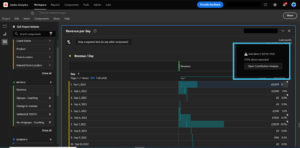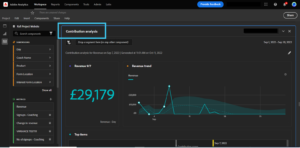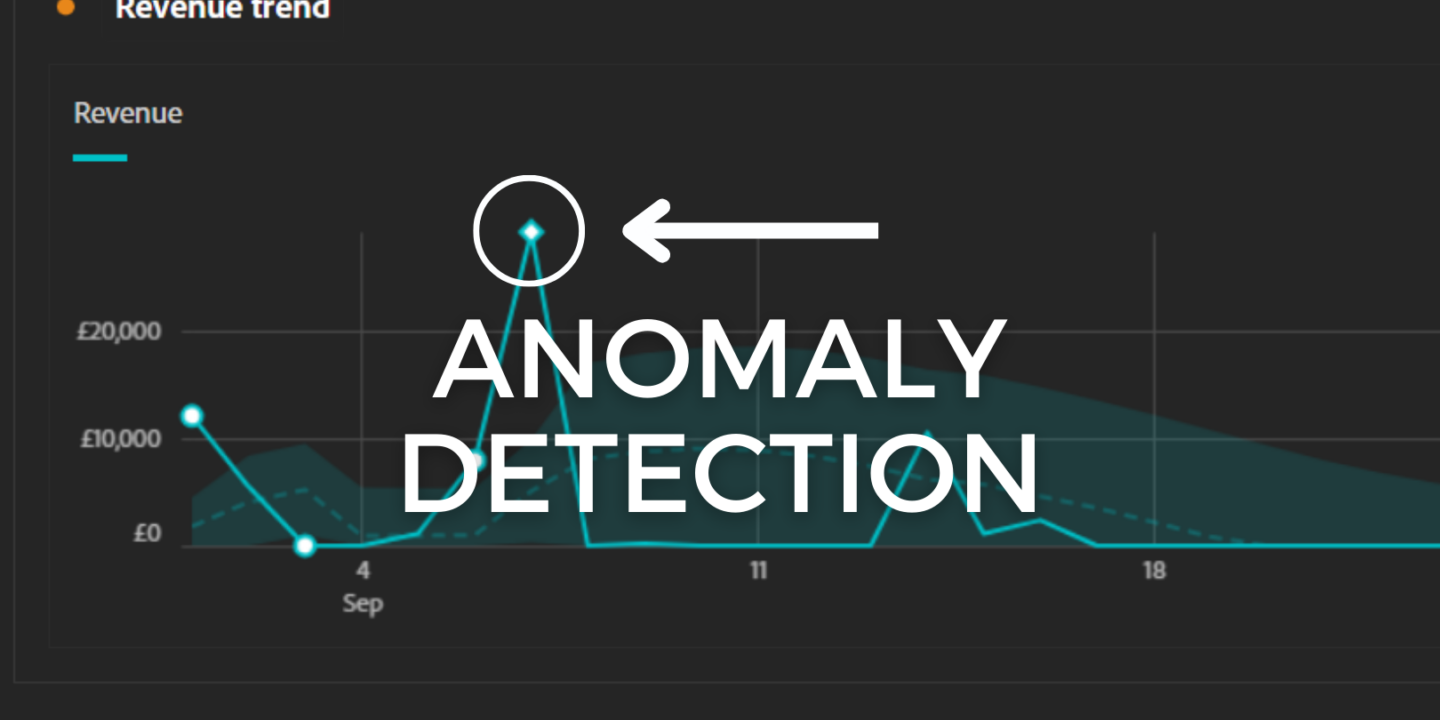
How Does Adobe Analytics’ Anomaly Detection Feature Work?
Find out how to identify, analyse, and act on anomalies
Anomaly detection is one of the most useful – and dare we say underappreciated – features in the Adobe Analytics platform.
Every analytics platform, at least at the enterprise level, offers anomaly detection of some kind. But when dealing with millions of data points and complex campaigns, the noise can confuse error detection algorithms and present false flags.
When you do find anomalies, it’s often difficult to determine the cause.
This is where Adobe Analytics’ anomaly detection and contribution analysis features earn our respect.
Adobe’s machine learning algorithm is highly effective at detecting valid signals outside the expected range, spotting patterns that are invisible to the human eye, and figuring out what caused the event.
It’s especially valuable for brands dealing with huge data sets, complex multi-channel setups, and multiple active campaigns.
How Adobe’s anomaly detection works
Adobe Analytics identifies and flags anomalies in large data sets automatically.
You’ll find anomalies in the Analysis Workspace.
Whenever you create a table with time series data, Adobe Analytics runs a cluster analysis that automatically looks for anomalies. For example, you might build a table to investigate:
- Visits by day for last quarter
- Monthly order totals for the previous 3 years
- Hourly revenue since launching a campaign
Adobe’s algorithm uses historical data to establish low and high bounds for expected results. When events fall outside those margins, you’ll see an alert icon in the data table and in graphical elements added to the report.

The historical analysis periods change based on the parameters you’re looking into, providing a higher level of accuracy for trend and anomaly detection.
Adobe’s cluster analysis algorithm, which includes Adobe Sensei, is a closely guarded secret. Even as Adobe Analytics implementation partners, we don’t know what magic they’ve cooked up – only that it’s extremely powerful.
5 benefits of anomaly detection in Adobe Analytics
-
- Granularity: The algorithm supports hourly, daily, weekly, and monthly anomaly detection.
- Context: Anomaly detection accounts for seasonal events like Christmas and Black Friday.
- Smart segments: Adobe’s cluster analysis algorithm finds associated behaviour to create more accurate and actionable audience segments.
- Trend analysis: Improve confidence in your data and remove fluctuations to predict KPIs more accurately.
- Integration: Use Analytics, Adobe Target, and Audience Manager together to save time, leverage insights, and improve segmentation.
On its own, Adobe Analytics’ intelligent anomaly detection feature helps identify unknown unknowns. The next step is understanding what happened and turning that insight into action.
Here you have two options:
- Manual investigation
- Run a contribution analysis
Manual anomaly diagnosis can be intensively time-consuming, except in specific scenarios such as a broken landing page link or viral video that caused a revenue spike.
That said, the somewhat frustrating limits imposed on Adobe’s contribution analysis feature might leave you with little choice.
What is contribution analysis?
Contribution analysis in Adobe Analytics is a complementary feature that answers why anomalies happen.
It breaks down contributions to identify patterns for audience segments, which you can use to complete the narrative. Think of it as attribution modelling for anomalies.
You might use contribution analysis to:
- Identify content that a niche segment responded to
- Spot emerging trends
- Protect your site from volume outages
- Uncover fraud and spoofing
- Investigate poor-performing content or landing pages
- Identify retargeting opportunities based on unexpected behaviour
Did you go viral? Is a blog page converting more leads than expected? Have you accidentally uncovered the secret to a perfect email? You’ll know when you analyse the contributions to an anomaly.
Contribution analysis helps you create new audience segments, stamp out fraudulent activity, and replicate high-performing content and winning tactics to optimise customer experiences.
Here’s how to access a contribution analysis breakdown:
- Find an anomaly in Analysis Workspace
- Click “Analyze”
- Set dimensions to exclude from the analysis
- View the contribution report

(Note: Adobe has introduced a token system for contr
ibution analysis that limits most companies’ access. Use the tool wisely.)
When you ask Adobe Analytics to determine the contributing causes, a sophisticated machine learning algorithm pores through hundreds of millions of data points every second to identify and analyse the contributing factors.
The readout shows the top contributors, ranking them with a likelihood factor between 0 and 1.
Using anomaly detection to deliver better customer experiences
Adobe’s anomaly detection feature has a high confidence level compared to competing tools.
Turn this into an advantage.
When you spot unusual behaviour that could impact KPIs, don’t ignore it. Although cause analysis might be time-consuming, it can help you to correct course, protect your brand’s online presence, reach a new audience segment, or capitalise on an emerging trend.
And if any of that sounds like sorcery, TAP CXM can help. Our Adobe Analytics experts help brands to improve customer experiences by using all the data at their disposal in the most efficient ways.
Get in touch to speak with an expert, organise Adobe Analytics training for your team, or get personalised advice on building your martech stack.


